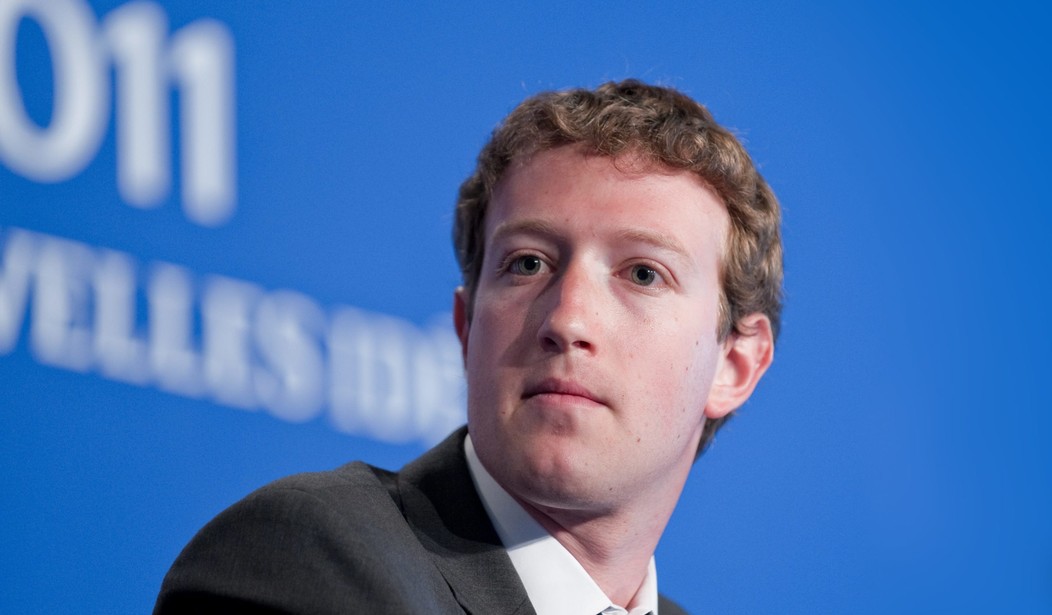The recent fuss about Facebook and Google’s tracking programs and the ad targeting they offer has caused me to realize that most people either don’t understand or don’t care how advertising works. As the former CTO of an Internet advertising startup, I’ve given it a lot of thought in the last few years. This being me, the math geek, I’ve done a lot of this thinking mathematically, but I promise that I won’t inflict the math part on you.
Or at least not much.
So, let’s think about what advertising is for. The idea is to entice, and even convince, potential customers to become actual customers, and to buy things.
There are a million ways to do this, from old-fashioned word-of-mouth, to newspaper and magazine ads, to ShamWow pitchmen on late-night TV, to computer games that give you some kind of in-game goodies for watching an ad. (I’ve recently been compulsively playing a “terraform the universe” game that works like this; I hope to write a review soon.)
Every advertising method has some inherent cost. Word-of-mouth is low cost; national TV is expensive; others are in between. Every advertisement also has an inherent potential reward when someone is convinced, but not every person who sees an advertisement will actually buy the product. (I regularly see ads for products I already own; I imagine most everyone else has the same experience.)
This means we’ve wandered into the world of probability. Here’s the first of the two equations I’m going to mention, and I promise there’s nothing more than multiplication and division in either one. This first equation is called the expectation value, and it’s
E = P × V
Where P is the probability of something happening, V is the value of that thing happening, and E is the value you expect. P is always between 0 and 1, 0 ≤ P ≤ 1. In the imaginary world of Obamacare, the idea was that the mandate would force everyone to buy health insurance, so P would be 1, and the expected value would be the cost of an individual policy. In the real world, P is never 1 and usually pretty small.
The usual way of billing advertisers is by charging them per the number of impressions — the number of people who see the advertisement. This is usually quoted in “price per M” or “price per thousand” and the fact that they’re using a Roman numeral gives you an idea of how old the practice is.
The real controlling factor in any advertising is pretty simple: you care about the total expected return over the total cost of the campaign. So, at the heart of it, there are two things you can do as an advertiser to make your advertising more effective: you can increase the number of impressions, so more people will see the ad and hopefully buy the products, or you can increase the probability of making a sale for each impression. The primary thing you can really control on this is who is seeing the ad. Identifying a selected population to show an ad is called targeting, and every advertising company is negotiating the quality of the target demographic and the cost per M with the advertisers.
And then came the Internet. In olden times, about the best targeting, you could do was by picking a publication that went to people you thought would buy your product, and the most newspapers and magazines could do was have separate East Coast, West Coast, and International Editions. On the Internet, the company selling advertising could potentially target ads to individuals; companies like Google and Facebook evolved ways to identify which individuals should see the ads. At the same time, the cost of delivering an ad was lessened by a factor of one to ten million times.
This is why Sergei Brin at Google has a 757 [I’m told it’s actully a 767, see comments] as a private jet, and Mark Zuckerberg at Facebook can buy half of Hawai’i. But the difference is not that they’re doing anything essentially different than the New York Times or your local ad-supported paper; they’re just doing it better.
The cliché has become that in the case of Facebook or Google if you’re not paying for the product, you are the product. It’s a cliché because it’s true, but the point is that it’s always been true.
All that’s different in the Internet Age is that you’re now a much cheaper product and of much higher quality.










Join the conversation as a VIP Member